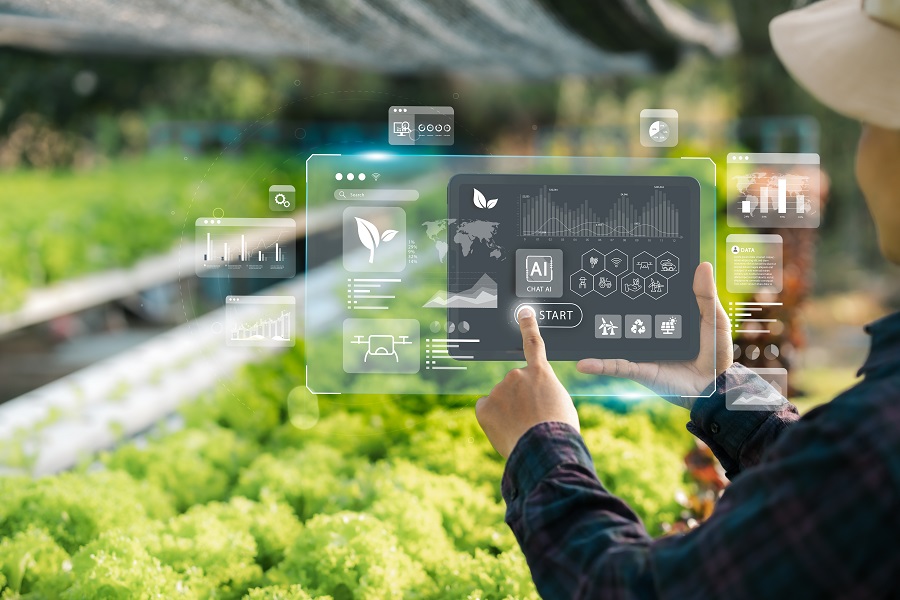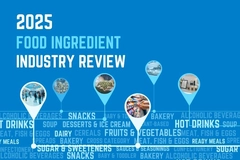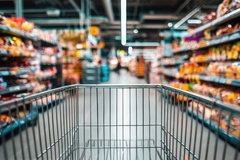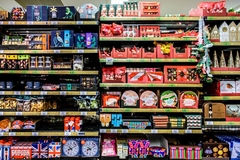
- Industry news
Industry news
- Category news
Category news
- Reports
- Key trends
- Multimedia
Multimedia
- Journal
- Events
- Suppliers
- Home
- Industry news
Industry news
- Category news
Category news
- Reports
- Key trends
- Multimedia
Multimedia
- Events
- Suppliers
Helios AI secures US$4.7M to scale “AI-multi agent” tool for predicting agri-food prices
Key takeaways
- Helios AI’s Helios Horizon combines agri-food price forecasting with climate predictions, claiming up to five times greater accuracy than current industry models.
- The platform provides real-time, traceable insights for farmers, distributors, retailers, and food manufacturers to manage risks from climate, logistics, and geopolitics.
- Funding will support technology expansion, global coverage, and customer growth, and partnerships with global retailers and manufacturers are underway.

Helios AI has raised US$4.7 million to launch the “first-ever” AI co-pilot that combines agri-food price forecasting and climate predictions with up to five times more accuracy than current industry standards on seasonal price movements.
The “Helios Horizon” tool supports food manufacturers by providing “critical” supply chain data — such as a crop’s outlook for the season — to optimize margins in an increasingly uncertain environment.
According to Helios’ analysis, nearly 50% of food inflation is now driven by climate disruptions. The current range shows that weather-exposed produce and global oils explain nearly 35%-60% of the two-year rise in the food CPI.

“Helios Horizon is the first AI co-pilot designed specifically for food and agriculture supply chains. Instead of relying on siloed dashboards or consultants, Helios Horizon acts like a 24/7 Bloomberg analyst team in your pocket,” Francisco Martin-Rayo, co-founder and CEO of Helios, tells Food Ingredients First.
“It allows users to ask natural-language questions — ‘What’s the outlook for cocoa this season?’ — and instantly get a business-specific, analyst-grade report that combines price forecasts, climate risk signals, and disruption alerts.”
The US-based company plans to use the new seed funding to fuel three priorities: scaling its technology, expanding global coverage, and growing customer-facing teams.
“We’re adding more commodities and countries, hiring in sales and growth, and investing in infrastructure that makes our platform more accessible — from Fortune 500 procurement leaders to independent growers,” shares Martin-Rayo.
Beyond single-model systems
Helios’ tool is marketed as an “AI multi-agent” that works like a team of specialized analysts to give global producers greater control and visibility into crops facing the most significant risk.
 Most AI tools are either generic chatbots, while Helios Horizon uses a multi-agent architecture, says CEO Francisco Martin-Rayo.It allows independent farmers, local restaurant owners, regional distributors, and retailers to access critical information to make informed and timely decisions about their businesses.
Most AI tools are either generic chatbots, while Helios Horizon uses a multi-agent architecture, says CEO Francisco Martin-Rayo.It allows independent farmers, local restaurant owners, regional distributors, and retailers to access critical information to make informed and timely decisions about their businesses.
Martin-Rayo explains that most AI tools are either “generic chatbots or single-model systems,” while Helios Horizon uses a multi-agent architecture. This includes a team of “specialized AI agents trained on distinct datasets like USDA reports, weather data, and trade flows, all coordinated by a supervising agent that checks accuracy before returning results.”
“This structure is particularly powerful for food supply chains, where context matters and decisions can’t rely on one data stream alone.”
Addressing industry challenges
Helios Horizon helps food businesses tackle challenges such as droughts, floods, logistics shocks, and geopolitical pressures. It joins “climate foresight directly to supply resilience, helping businesses anticipate and adapt before crises hit,” says Martin-Rayo.
“Whether it’s predicting how El Niño will affect soybean yields or spotting early signals of freight disruption, our platform helps companies protect margins and ensure stability in the face of volatility.”
With the high amount of data and AI involved, Helios ensures transparency and trust in the insights.
“Every Helios Horizon insight is traceable back to source data — whether that’s a USDA report, a weather model, or a news article. We provide citations inside the platform so that users can validate the analysis themselves. We also benchmark continuously, making performance transparent rather than a black box.”
Accelerating price forecasts
Helios claims it can predict crop prices with nearly five times the accuracy as industry benchmarks based on seasonality and basic supply/demand inputs.
 Producers can use Helios Horizon to check the outlook for crops like cocoa and get instant forecasts and risk alerts.Martin-Rayo attributes this to Helios’ models ingesting “billions of real-time signals,” from climate forecasts to geopolitical updates, which are continuously refreshed instead of being static.
Producers can use Helios Horizon to check the outlook for crops like cocoa and get instant forecasts and risk alerts.Martin-Rayo attributes this to Helios’ models ingesting “billions of real-time signals,” from climate forecasts to geopolitical updates, which are continuously refreshed instead of being static.
“Unlike traditional models that lean on historical averages, Helios AI incorporates current volatility drivers, giving us forecasts that are more accurate and actionable.”
Leveraging AI for risk management
Martin-Rayo expects food procurement to shift from “reactive to predictive and proactive” with the help of AI in the future.
“Instead of responding to shocks after they happen, buyers will use AI to hedge earlier, diversify suppliers smarter, and embed climate risk into sourcing decisions.”
“AI will become the standard toolkit for risk management, much like Bloomberg terminals transformed finance. We believe supply chain leaders will expect AI co-pilots at every decision point.”
Looking ahead, Helios AI will focus on technology depth and customer expansion.
“Technologically, we’re expanding Helios Horizon’s coverage beyond 75 commodities and integrating even more climate and disruption datasets.”
The company is also scaling partnerships with global retailers like Walmart and food manufacturers and rolling out accessible pricing tiers for smallholders and local businesses.
“Our mission is to democratize foresight across the food ecosystem,” Martin-Rayo concludes.










